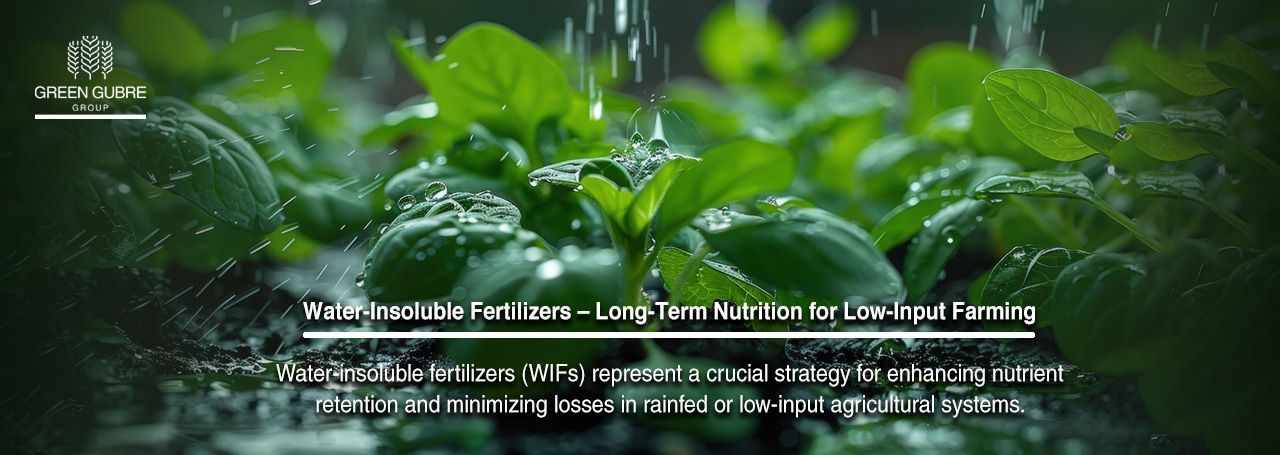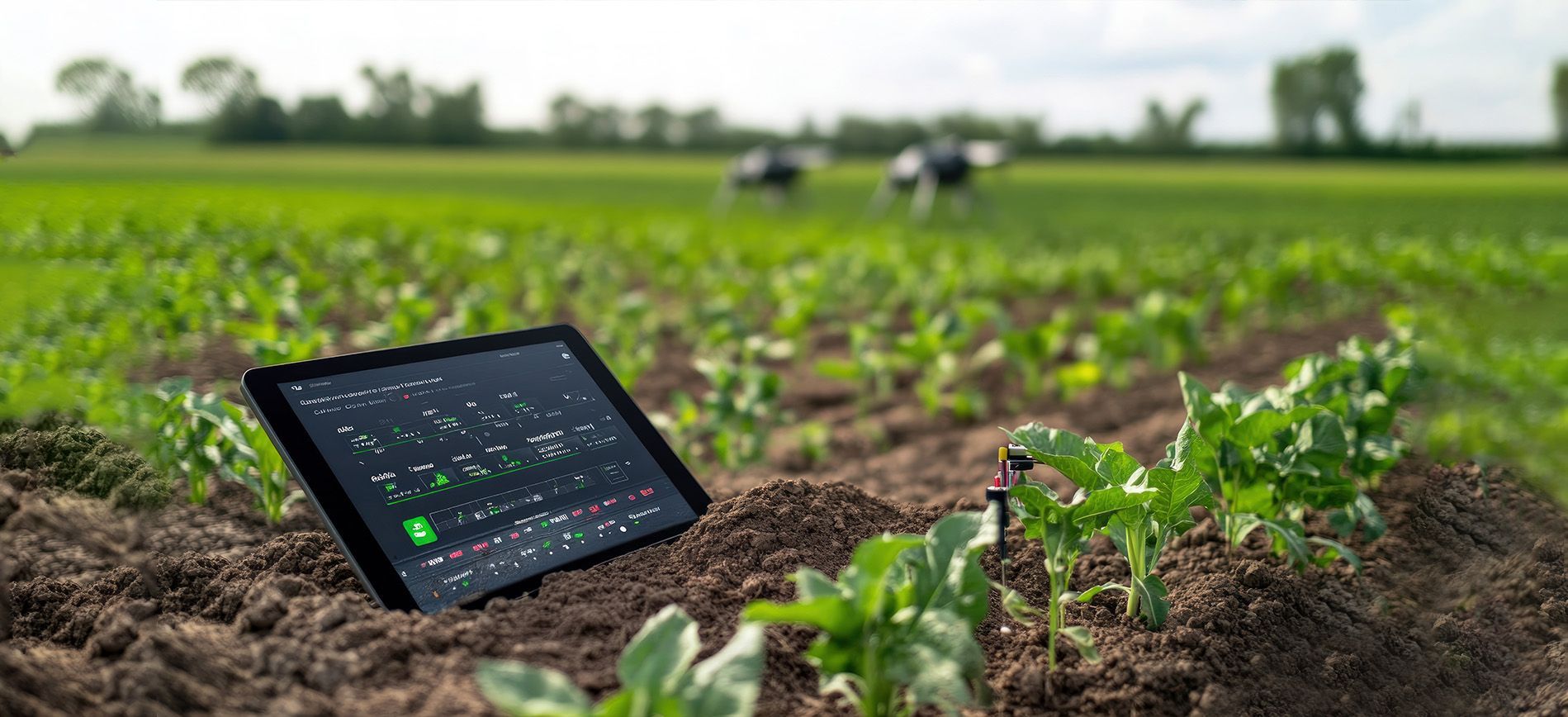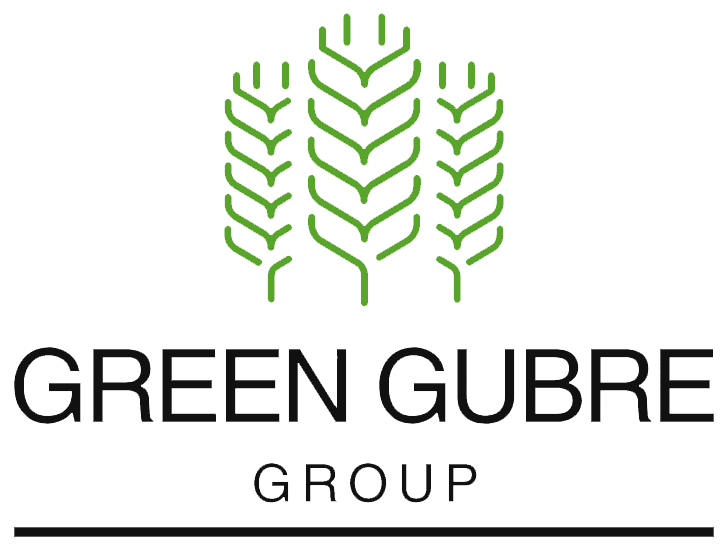Water-Insoluble Fertilizers – Long-Term Nutrition for Low-Input Farming
Water-Insoluble Fertilizers – Long-Term Nutrition for Low-Input Farming

Introduction: Sustained Release for Sustainable Systems
Water-insoluble fertilizers (WIFs) represent a crucial strategy for enhancing nutrient retention and minimizing losses in rainfed or low-input agricultural systems. Unlike water-soluble fertilizers, which dissolve quickly and may leach or volatilize, WIFs release nutrients slowly over weeks or months, aligning with crop uptake rates. This approach supports long-season crops, minimizes environmental contamination, and improves nutrient use efficiency (NUE) in degraded or sandy soils.
These fertilizers are especially suited for arid zones, dryland cereals, orchards, and regions with limited access to regular irrigation or frequent inputs.
🔗 FAO – Controlled-Release and Insoluble Fertilizers in Dryland Agriculture
1. What Are Water-Insoluble Fertilizers?
Water-insoluble fertilizers are materials that release nutrients slowly due to their low solubility in water or encapsulation in resistant matrices. These include:
- Urea-Formaldehyde (UF): Nitrogen is released via microbial activity over 8–16 weeks.
- Isobutylidene Diurea (IBDU): Slow-release nitrogen source for turfgrass, maize, and plantation crops.
- Natural Rock Phosphate: Contains calcium phosphate; releases phosphorus slowly in acidic soils.
- Organic-Based WIFs: Manure pellets, composted bone meal, and microbial biofertilizer matrices.
These fertilizers require fewer applications and reduce labor needs, especially in remote farming systems.
2. Benefits of Water-Insoluble Fertilizers
- Extended Nutrient Availability: Suitable for long-season crops and orchards with less frequent fertilizer needs.
- Reduced Leaching and Runoff: Nutrients remain in the root zone, minimizing environmental damage.
- Improved Soil Health: Organic forms enrich microbial biomass and soil structure.
- Efficient Use in Rainfed Agriculture: Less dependent on water availability for release.
- Lower Application Frequency: Saves time and operational costs in low-resource or labor-scarce environments.
WIFs are often integrated into conservation agriculture systems, where reduced tillage and residue retention complement long-term nutrient cycling and management.
3. Target Crops and Applications
Water-insoluble fertilizers are particularly effective for:
- Perennial Crops: Citrus, banana, oil palm, and coffee plantations with long growth cycles.
- Turf and Forestry: IBDU and UF are used in turfgrass and forest nurseries for extended feeding.
- Dryland Cereals (Millet, Sorghum): Applied pre-season to reduce dependence on unpredictable rainfall.
- Vegetables in Marginal Soils: Combined with organic matter to stabilize nutrients in sandy or acidic soils.
Localized placement techniques such as deep banding or root-zone application improve nutrient availability in these systems.
4. Market Trends and Global Use
Although less widely adopted than conventional NPK, WIFs are gaining attention in:
- India and Africa: Rock phosphate and compost-based fertilizers support organic and low-input systems.
- United States and Europe: UF and IBDU are widely used in turfgrass, vineyards, and landscaping.
- China and Southeast Asia: Coated rock phosphate and microbial formulations are promoted in sustainable rice and tea cultivation.
- Latin America: The coffee and cacao sectors are increasingly using slow-release organic pellets and sulfur-coated nitrogen.
With climate resilience becoming a key policy goal, WIFs are positioned as a sustainable alternative to highly soluble inputs in regions prone to risk.
🔗 MarketsandMarkets – Water-Insoluble Fertilizer Market Analysis
5. Green Gubre Group – Supporting Sustainable Release Strategies
At Green Gubre Group, we provide a diverse range of water-insoluble fertilizer solutions:
- Urea-Formaldehyde, IBDU, and coated fertilizers for commercial and specialty crops
- Natural rock phosphate and organically bound phosphorus for low-pH soils
- Blended formulations combining WIFs with water-soluble nutrients for phased release
- Technical support for soil compatibility, timing, and microbial activation strategies
Our commitment is to match your long-term soil fertility goals with cost-effective, environmentally sound fertilizer strategies.




